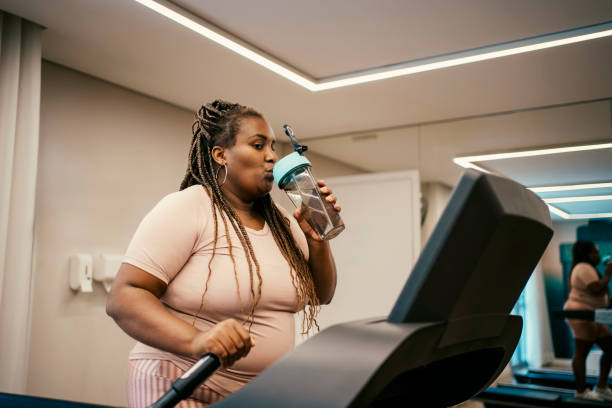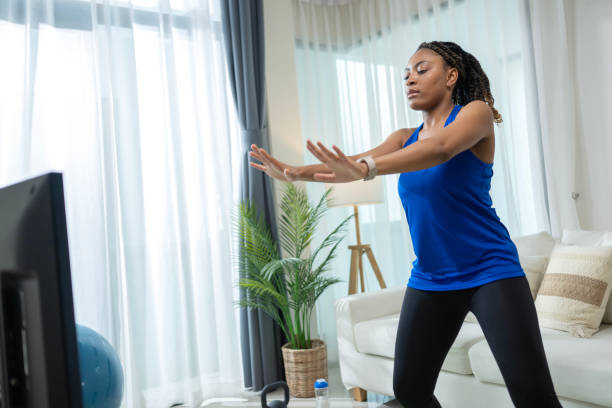(BlackFitness101.com) In the realm of fitness and physical conditioning, sit-ups have long stood as a cornerstone exercise dedicated to strengthening the core muscles. This simple, yet profoundly effective movement not only targets the abdominal muscles but also engages the hip flexors and the muscles of the lower back, making it a comprehensive workout for anyone looking to enhance their physical health. This article embarks on a detailed exploration of sit-ups, covering their history, benefits, a step-by-step guide to performing them correctly, variations for all fitness levels, common pitfalls to avoid, and essential safety tips.

Staff Writer; Leroy Smith
Questions? Feel free to email me at; LSmith@BlackFitness101.com.












Leave a Reply